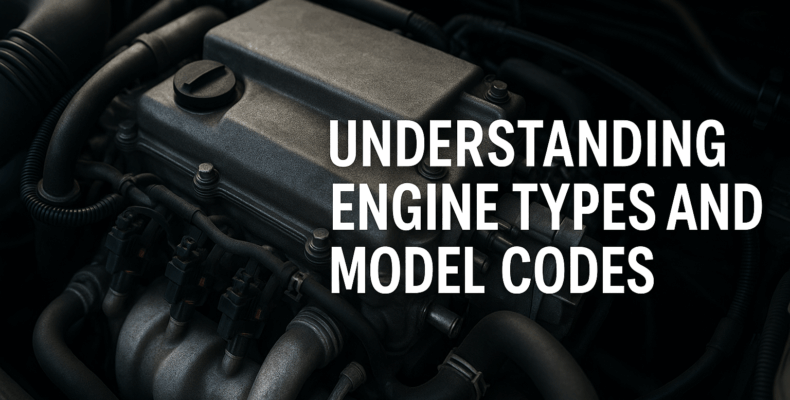Understanding Engine Types and Model Codes: A Buyer’s Guide to Japanese Trucks
When it comes to buying a Japanese used truck, knowing the engine type and model code is crucial. These two details affect performance, durability, fuel economy, spare parts availability—and even import eligibility in certain countries.
If you’re in the market for a used truck from Japan, this guide will help you understand what these codes mean and how they impact your purchase decision.
Why Engine Types and Model Codes Matter
Truck engines are not all created equal. Some are built for power. Others prioritize efficiency. Some engines are better for city use, while others thrive on rural roads or mountainous terrain.
Additionally, model codes tell you about the truck’s body style, drivetrain layout, and generation. Combined with the engine code, they help you choose the truck that’s perfect for your specific needs.
Before diving deeper, it’s also important to partner with a trusted exporter. Here’s a recommended list:
👉 Top 5 Trusted Japanese Used Truck Exporters for Global Buyers
Common Engine Types in Japanese Trucks
Japanese trucks often use diesel engines due to their torque and fuel efficiency. Here are some popular ones:
🔧 4D33 / 4D34 / 4M51 (Mitsubishi Fuso)
These engines are known for their durability. They’re commonly found in Canter and Fighter series trucks.
-
4D33: Non-turbo, simple, easy to maintain
-
4M51: More modern, better fuel economy
🔧 H07D / H06C / J08E (Hino)
These engines power Hino Ranger and Profia trucks.
-
H07D: Strong and reliable, good for heavy loads
-
J08E: Common rail system, better emission control
🔧 1KD / 2KD (Toyota)
Found in Hiace Vans and Hilux Trucks
-
1KD-FTV: 3.0L turbo diesel, excellent mid-range torque
-
2KD-FTV: 2.5L version, better fuel economy
🔧 6HH1 / 4HG1 / 4HL1 (Isuzu)
Popular in Isuzu Forward and Elf series
-
6HH1: Heavy-duty, powerful
-
4HG1: Common for mid-sized delivery trucks
How to Read a Model Code
Japanese vehicle model codes can look like this: PB-XZU301M or KK-FE70EB.
Let’s break it down:
-
Prefix (e.g., PB, KK): Emission and regulation era
-
Main Code (e.g., XZU301): Chassis and engine type
-
Suffix (e.g., M, EB): Specific equipment or body layout
Each section reveals vital information. With the help of your exporter, you can decode the full truck profile.
Matching Engine Codes to Use Cases
Different markets prefer different engines.
-
For rural roads: Go for older mechanical engines like 4D33 or H07D
-
For urban delivery: Choose fuel-efficient options like 2KD or 4HL1
-
For long-distance hauling: Look for high-power engines like 6HH1 or J08E
Also, be aware of local emission regulations. Newer engines with common rail systems may be required in some countries.
Why Trusted Exporters Matter
Not every truck listed online is correctly labeled. Some sellers mislabel model or engine codes, which can cause serious problems later.
Professional exporters like those listed here can verify engine codes, decode auction sheets, and provide full documentation:
🔗 Top 5 Trusted Japanese Used Truck Exporters for Global Buyers
These companies ensure:
-
Accurate descriptions
-
Reliable inspection reports
-
Correct matching of model and engine specs
-
Support in choosing the right truck for your region
Other Tips for Engine Code Verification
-
Check the engine block stamp under the hood
-
Ask for a photo of the chassis plate
-
Review the auction sheet or export certificate
-
Request translation from your exporter
Small details matter. A mismatch between documents and physical condition can delay customs clearance.
Conclusion: Choose Smart, Drive Confidently
Engine types and model codes might seem technical, but they’re essential tools for smart buyers. They help you pick the right truck, avoid costly repairs, and ensure your vehicle meets import standards.
Before you buy, decode your truck. And always choose an exporter who knows what they’re doing.
Explore trusted partners here:
👉 Top 5 Trusted Japanese Used Truck Exporters for Global Buyers
The right engine. The right model. The right price.
